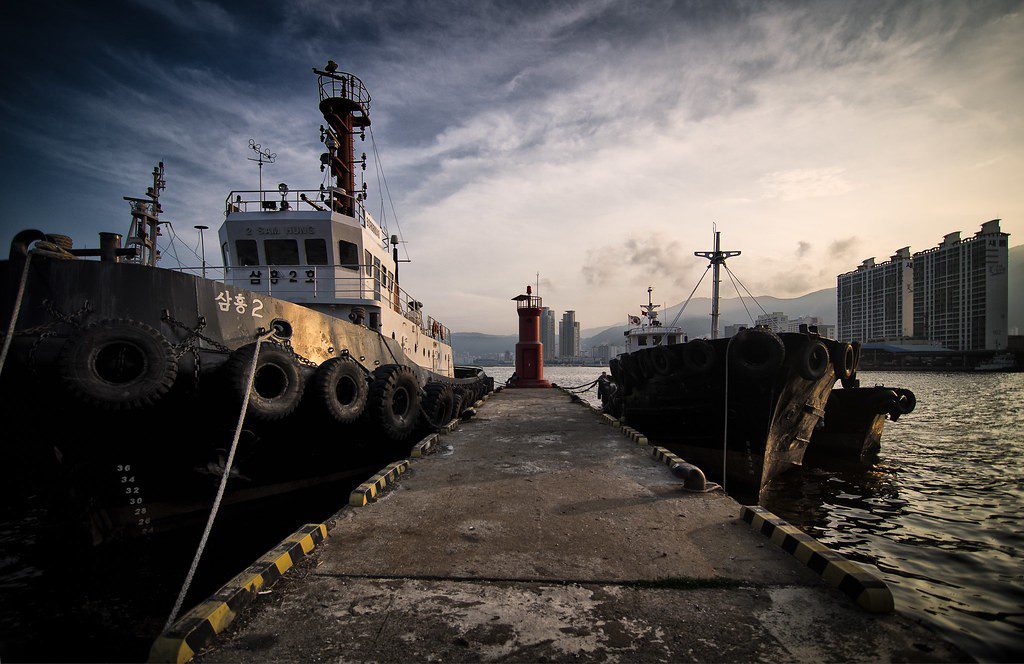China’s Coast Guard has taken control of Sandy Cay, an uninhabited reef in the South China Sea, according to Chinese state media reports.
Chinese broadcaster CCTV reported that the Coast Guard “implemented maritime control and exercised sovereign jurisdiction” over the reef, which is also known as Tiexian Jiao.
Images released showed officers landing on the reef, unfurling a Chinese flag, and posing for photographs as a symbolic “vow of sovereignty.”
The incident took place in mid-April, at a time when the Philippines and the United States were conducting their annual “Balikatan” military drills.
China has openly criticised the joint exercises, calling them “destabilising” and accusing Manila of “colluding with countries outside the region” to escalate tensions.
Sandy Cay lies close to Thitu Island, the Philippines’ largest outpost in the Spratly Islands, and only a few kilometres from Subi Reef, China’s second-largest artificial island and military base in the South China Sea.
The reef is also claimed by Taiwan and Vietnam, besides China and the Philippines.
Chinese state media reported that during the operation, the Coast Guard collected evidence of what it described as “illegal activities” by Filipino personnel and cleaned up debris like plastic bottles and wooden sticks left behind.
The CCTV reported that since last year, Philippine vessels had made multiple attempts to reach Sandy Cay but were repeatedly intercepted and warned away by Chinese forces.
The Financial Times, quoting an unnamed Philippine maritime official, reported that after unfurling the flag, Chinese forces departed Sandy Cay, suggesting that there was no permanent occupation or construction at the site.
After the Chinese move, Philippine security forces launched an operation on Sunday to reinforce their control over several small islands near Thitu Island.
According to a statement cited by the Manila Times, the Philippine National Task Force emphasised that the operation showed “the unwavering dedication and commitment of the Philippine government to uphold its sovereignty, sovereign rights, and jurisdiction” in the South China Sea.
Meanwhile, the Chinese Coast Guard accused six Filipinos of “illegally landing” on Sandy Cay, saying that their actions violated China’s territorial sovereignty.
A Chinese Coast Guard spokesman urged the Philippines to “immediately stop its infringement” and warned that China would continue rights protection and law enforcement activities in waters it claims.
Shortly before China’s statement, Philippine Coast Guard spokesman Jay Tarriela said on social media that Philippine military and law enforcement personnel had conducted a “routine and lawful exercise of maritime domain awareness and jurisdiction” at Sandy Cay.
He posted photos showing Philippine personnel holding a national flag on the reef and monitoring several Chinese vessels in the area.
Sandy Cay has now become a hotspot in the long-running maritime disputes between China and the Philippines, adding to confrontations over other contested areas such as Scarborough Shoal, Second Thomas Shoal, Sabina Shoal, and Whitsun Reef.
On April 20, the Chinese navy claimed it had expelled a Philippine warship near Scarborough Shoal. The next day, Manila officially kicked off its annual Balikatan exercises, involving about 14,000 troops, fighter aircraft, and naval vessels.
This year’s drills featured the Navy-Marine Expeditionary Ship Interdiction System (NMESIS), marking the second major missile system deployed by the US to the Philippines.
Additionally, the Philippine Navy reported spotting a Chinese aircraft carrier battle group near its northern maritime boundary during the drills.
On the same day, China’s defense ministry accused the Philippines of “holding a candle to the devil” by collaborating with the US and vowed to “vigorously” defend regional peace and stability.
Despite international rulings against its sweeping claims, China continues to assert control over nearly the entire South China Sea.
References: Bloomberg, SCMP
Do you have info to share with us ? Suggest a correction






